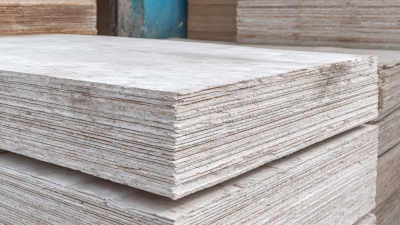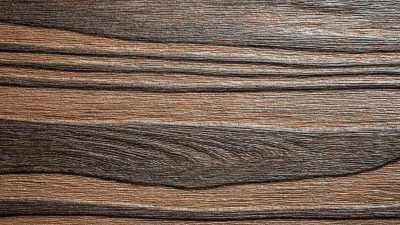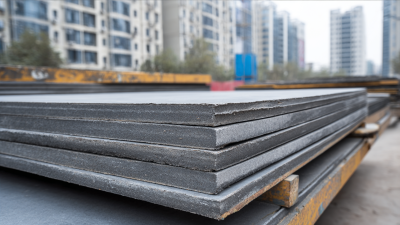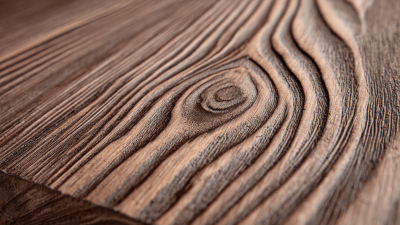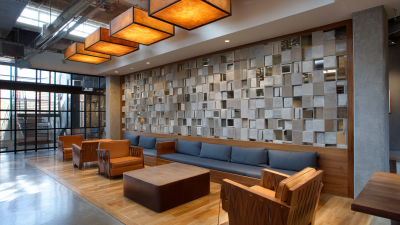5 Expert Tips for Choosing the Right Fiber Cement Board Siding
When it comes to enhancing the exterior of your home, few choices are as reliable and versatile as Fiber Cement Board Siding. This material not only offers remarkable durability and resistance to the elements but also provides an aesthetically pleasing finish that can mimic the look of traditional wood or stucco. However, with various options available on the market, selecting the right type of Fiber Cement Board Siding can be daunting.
In this blog, we will explore five expert tips to help you make an informed choice, ensuring that you reap the maximum benefits of this outstanding siding material. From understanding the importance of weather resistance to considering aesthetic compatibility with your home's architecture, we’ll guide you through the essential factors to take into account in your decision-making process.
Whether you’re building anew or renovating, knowing how to choose the right Fiber Cement Board Siding will empower you to enhance your home’s beauty and longevity.
Understanding Fiber Cement Board Siding: Benefits and Key Features to Consider
When considering fiber cement board siding, it's essential to understand its numerous benefits and key features that make it a popular choice for homeowners. Fiber cement siding is renowned for its durability and resistance to elements such as fire, pests, and rot. This resilience not only contributes to a home’s longevity but also helps in reducing maintenance costs over time. Homeowners often find that choosing this type of siding is a smart investment, especially in areas prone to wildfires, where specific siding materials could enhance safety without drastically increasing construction costs.
Another significant consideration when selecting fiber cement board siding is its aesthetic versatility. Available in various textures, colors, and styles, it can complement any architectural design while providing the rugged appearance of wood without the drawbacks. Additionally, as the remodeling market continues to thrive, opting for fiber cement siding can contribute to increased property value, especially in eco-conscious and trend-setting communities. Evaluating these aspects can empower homeowners to make informed decisions that align with their personal tastes and practical needs.
Benefits of Fiber Cement Board Siding
Comparing Different Fiber Cement Board Options: What the Experts Recommend
When selecting the ideal fiber cement board siding, it's crucial to compare the various options available in the market to make an informed decision. According to the latest industry reports, fiber cement siding has gained significant popularity due to its durability and low maintenance compared to traditional wood siding. The National Association of Home Builders indicates that homes with fiber cement siding can have up to a 20% increase in resale value, making it a smart long-term investment.
Experts recommend considering key factors such as thickness, formulation, and finish when choosing fiber cement boards. For instance, boards that are at least 0.25 inches thick offer better resistance to impact and weather conditions. Additionally, a study by the Tile Council of North America highlights that boards with advanced moisture and termite resistance formulations can extend the lifespan of the siding by up to 50%. Furthermore, pre-painted options can save homeowners time and effort while providing long-lasting aesthetics. Each of these comparisons plays an important role in ensuring that the selected fiber cement board meets your specific needs and expectations.

Evaluating Climate Resilience: How Fiber Cement Siding Performs in Various Weather Conditions
When selecting fiber cement board siding, evaluating its performance in various weather conditions is paramount, especially given the increasing frequency of extreme weather events due to climate change. Fiber cement siding is designed to withstand harsh climates, offering durability against moisture, heat, and wind. This makes it a preferred choice for regions prone to heavy rainfall or temperature fluctuations. As traditional building materials face challenges with hygrothermal durability under shifting climate conditions, fiber cement emerges as a resilient alternative, effectively managing moisture and preventing issues such as mold and decay.
Moreover, the use of fiber cement siding aligns with the construction industry's broader shift towards sustainable practices. As the demand for environmentally friendly building materials grows, fiber cement siding provides a solution that minimizes reliance on non-renewable resources. Unlike mass timber options, which can be vulnerable to climatic fluctuations, fiber cement's robust composition supports long-term performance in diverse weather scenarios. Therefore, as homeowners and builders consider materials for their projects, the resilience and sustainability of fiber cement siding should be key factors in their decision-making process.
5 Expert Tips for Choosing the Right Fiber Cement Board Siding
| Climate Condition |
Performance Rating |
Durability Score |
Maintenance Needs |
| High Humidity |
Excellent |
8/10 |
Low |
| Extreme Heat |
Good |
7/10 |
Moderate |
| Cold Temperatures |
Very Good |
9/10 |
Low |
| Heavy Rain |
Excellent |
8/10 |
Low |
| Windy Conditions |
Good |
7/10 |
Moderate |
Cost Analysis: Long-term Value of Fiber Cement Board Siding vs. Traditional Materials
When considering fiber cement board siding, a crucial factor to evaluate is its long-term value compared to traditional materials. Initially, fiber cement may come with a higher price tag than options like vinyl or wood siding. However, it's important to look beyond the upfront costs. Fiber cement is renowned for its durability and resistance to various elements, including pests, rot, and fire. This means fewer repairs and replacements over the years, making it a cost-effective choice in the long run.
In addition to durability, fiber cement siding offers superior aesthetic flexibility, mimicking the appearance of wood or stucco without the extensive maintenance typically required for these materials. Homeowners benefit from not only reduced maintenance costs but also enhanced property value, as homes equipped with fiber cement siding tend to have higher resale prices. By choosing fiber cement board siding, homeowners invest in a product that withstands the test of time, offering considerable savings and enhanced curb appeal as they enjoy the beauty and protection it provides over decades.
Installation Best Practices: Ensuring Longevity and Performance of Fiber Cement Siding
When it comes to installing fiber cement board siding, following best practices is crucial to ensure its longevity and performance. First and foremost, proper preparation of the wall surface cannot be overlooked. The area should be clean, dry, and free from any mold or mildew. This sets a solid foundation for the installation and helps prevent future issues. Additionally, using appropriate flashing and moisture barriers during installation will protect the siding from water intrusion, which is vital for preserving its integrity over time.

Furthermore, it's essential to pay attention to the spacing and installation of the boards. Maintaining the manufacturer-recommended gaps between boards enhances airflow and minimizes the risk of rot. Using corrosion-resistant fasteners tailored for fiber cement also plays a significant role in ensuring durability. Lastly, applying a high-quality paint or finish after installation not only enhances aesthetics but also provides an extra layer of protection against the elements. Adhering to these installation best practices will significantly enhance the performance and lifespan of your fiber cement siding, making it a worthwhile investment for your home.

Products
About Us
Download
News
Blog
Contact Us
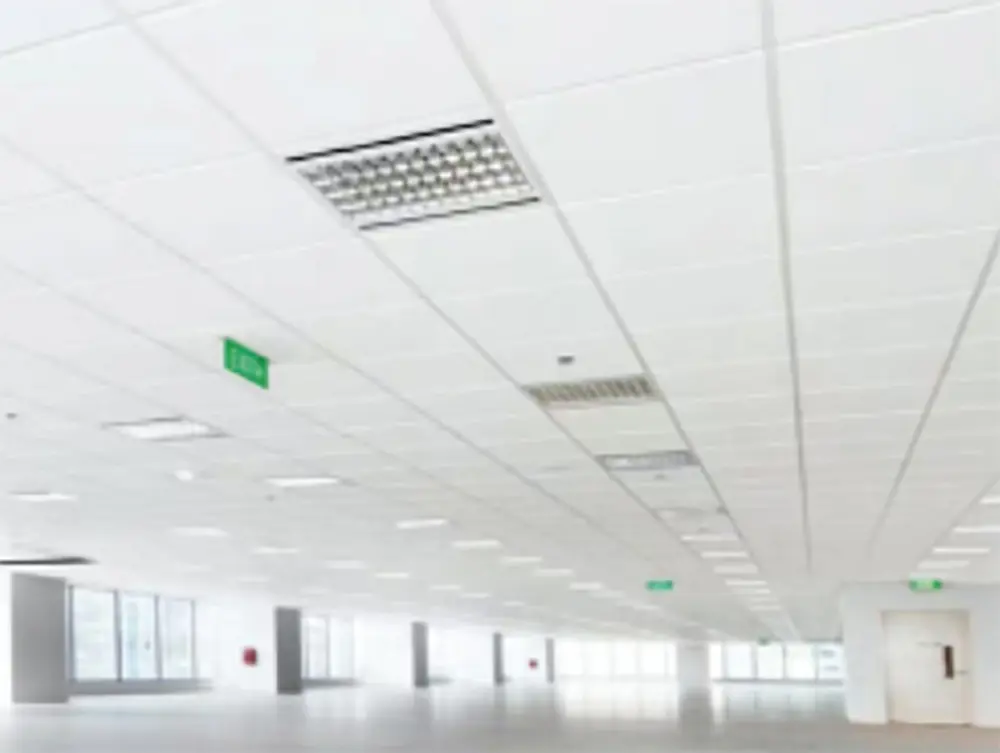 LEAO®Deco Ceiling
LEAO®Deco Ceiling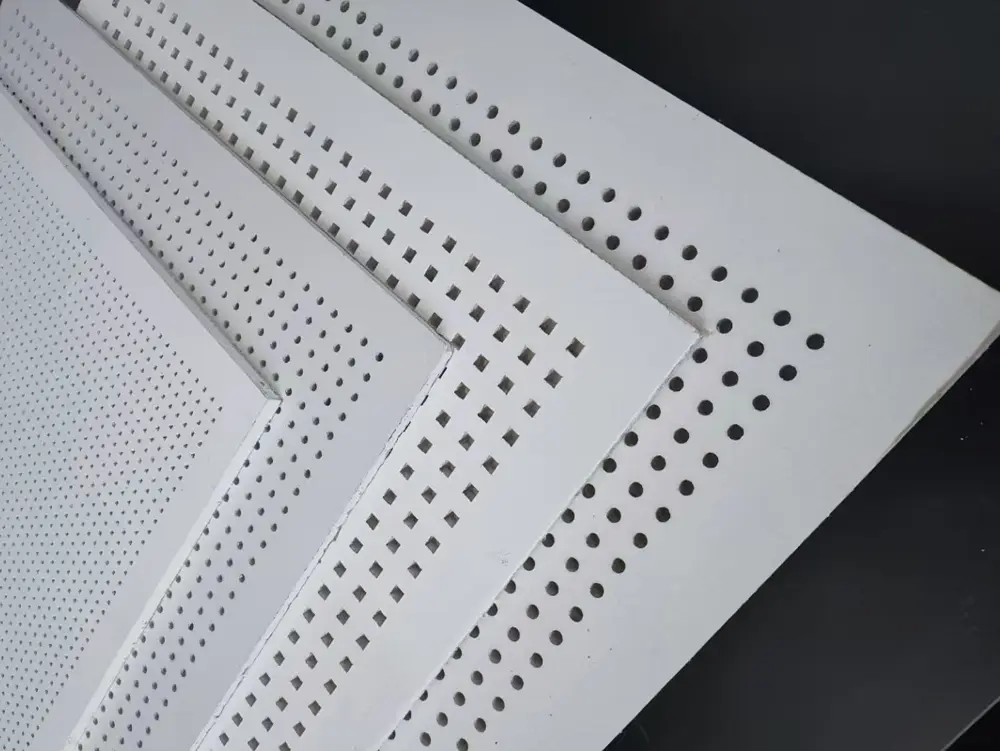 LEAO® Perforated Ceiling
LEAO® Perforated Ceiling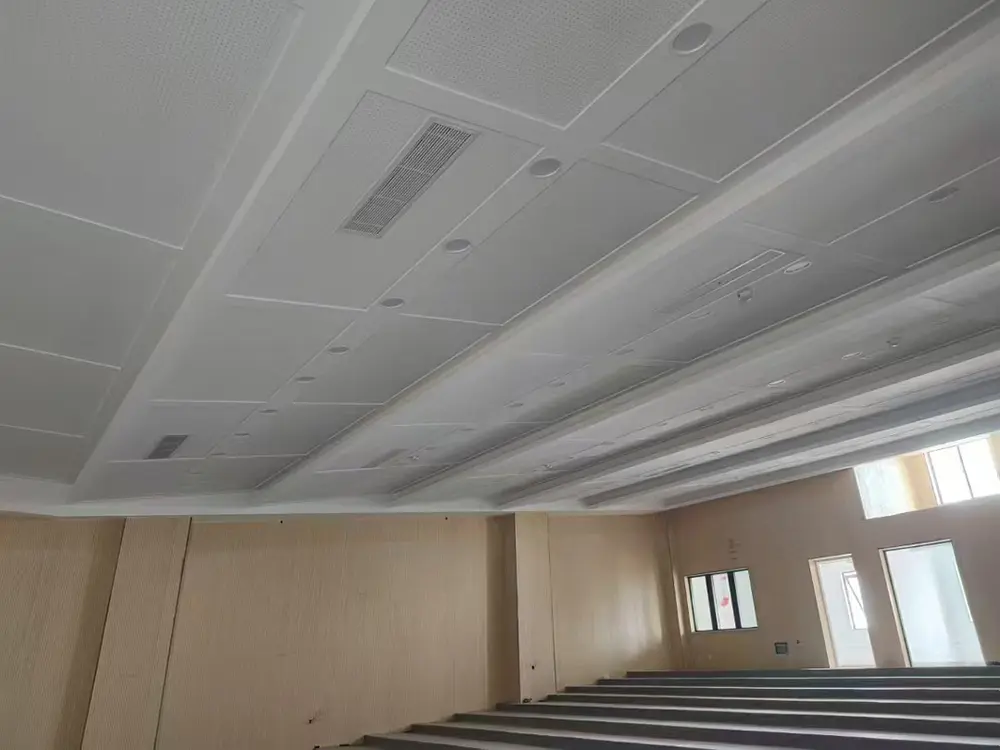 LEAO® Ceiling Board
LEAO® Ceiling Board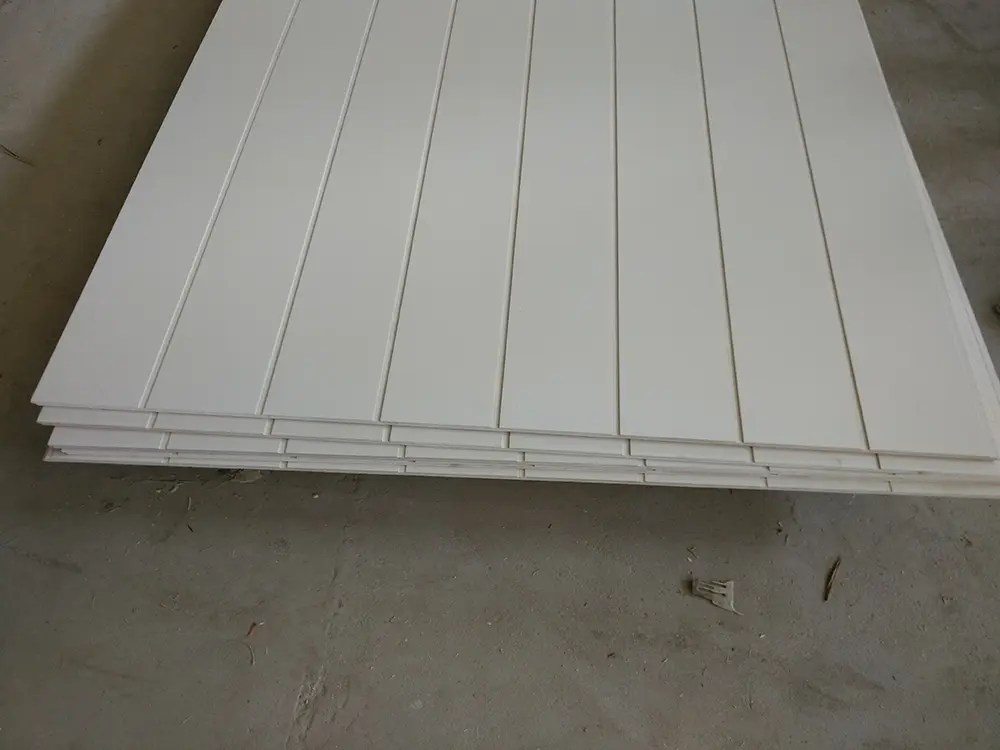 LEAO® Groove Interior Panel
LEAO® Groove Interior Panel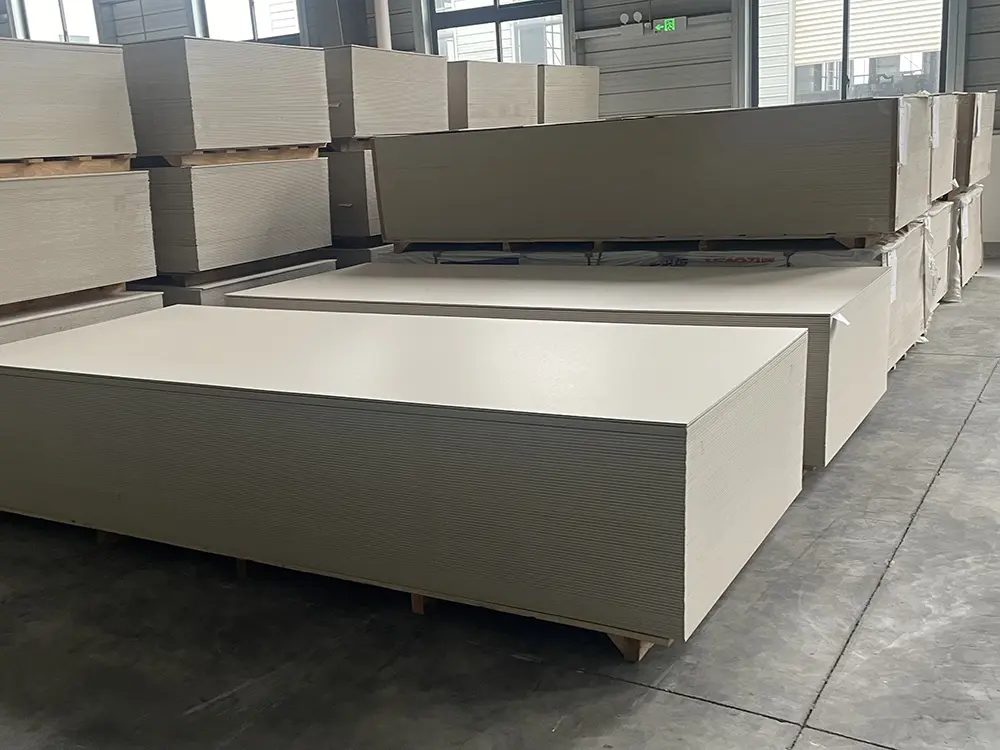 LEAO® Interior Board
LEAO® Interior Board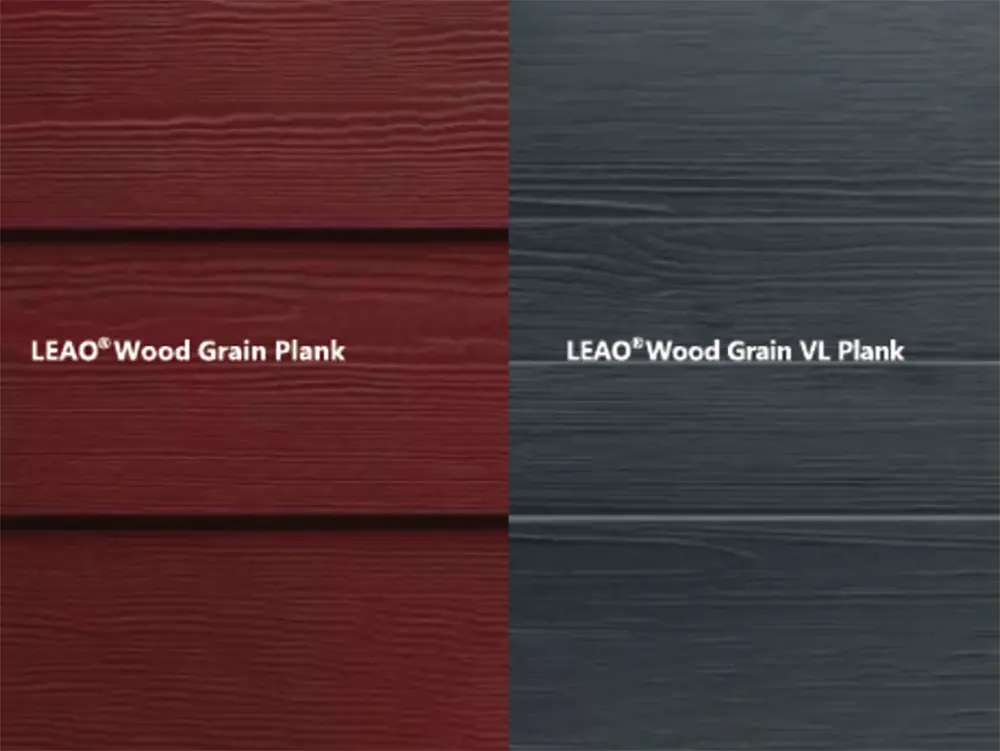 LEAO® Wood Grain Plank
LEAO® Wood Grain Plank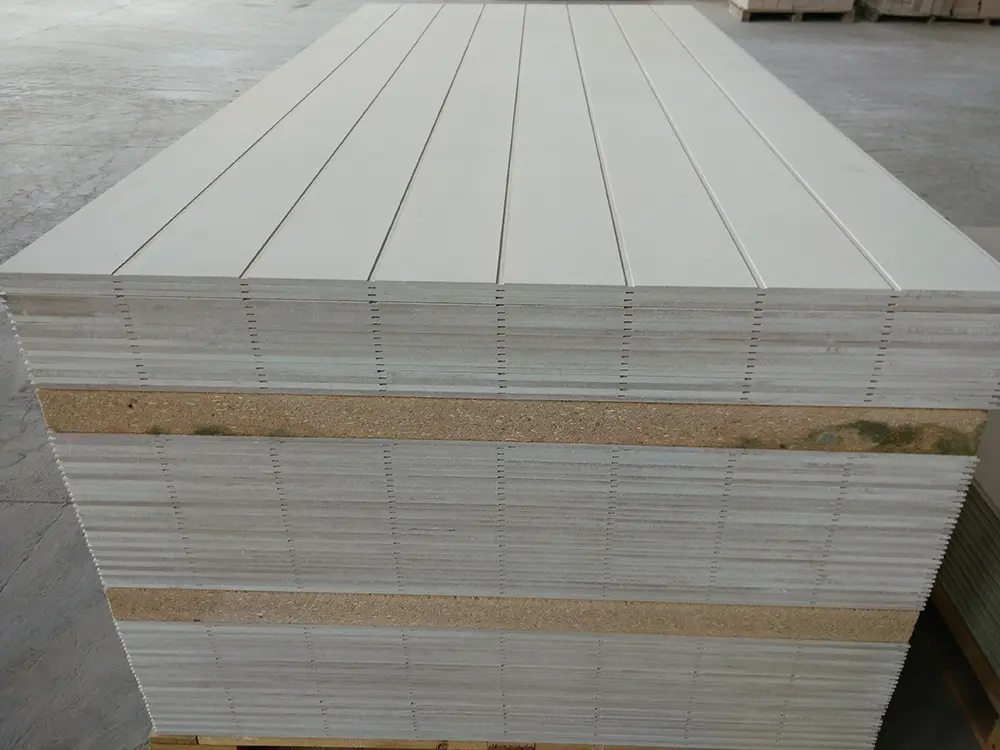 LEAO® Grooved Exterior Panel
LEAO® Grooved Exterior Panel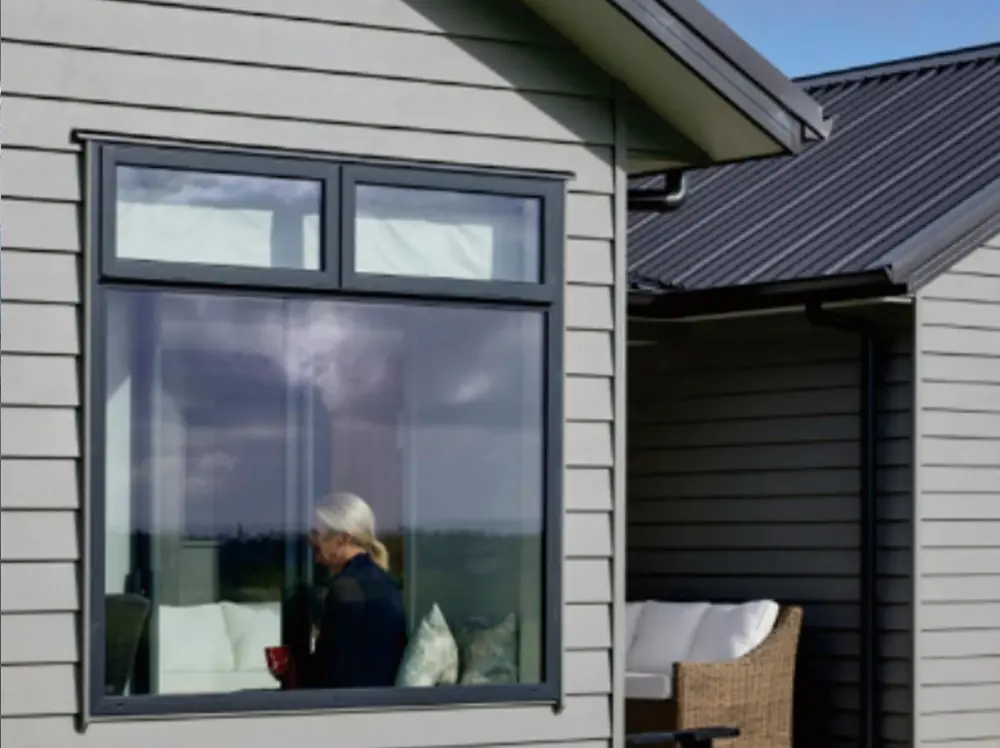 LEAO® Weatherboard
LEAO® Weatherboard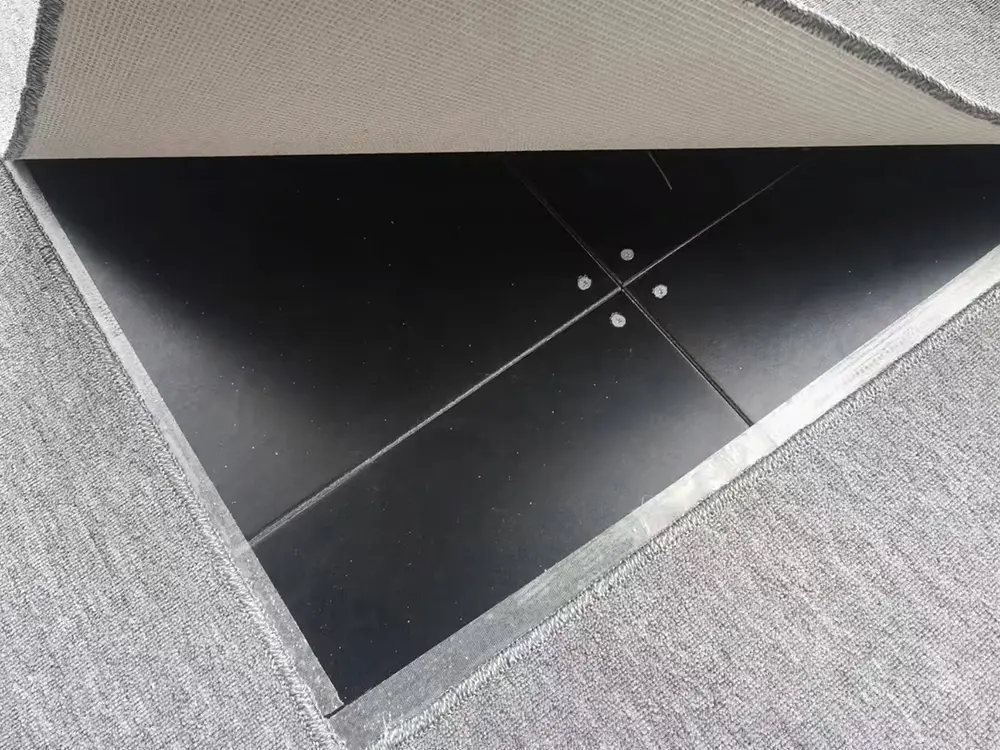 LEAO® Access Floors
LEAO® Access Floors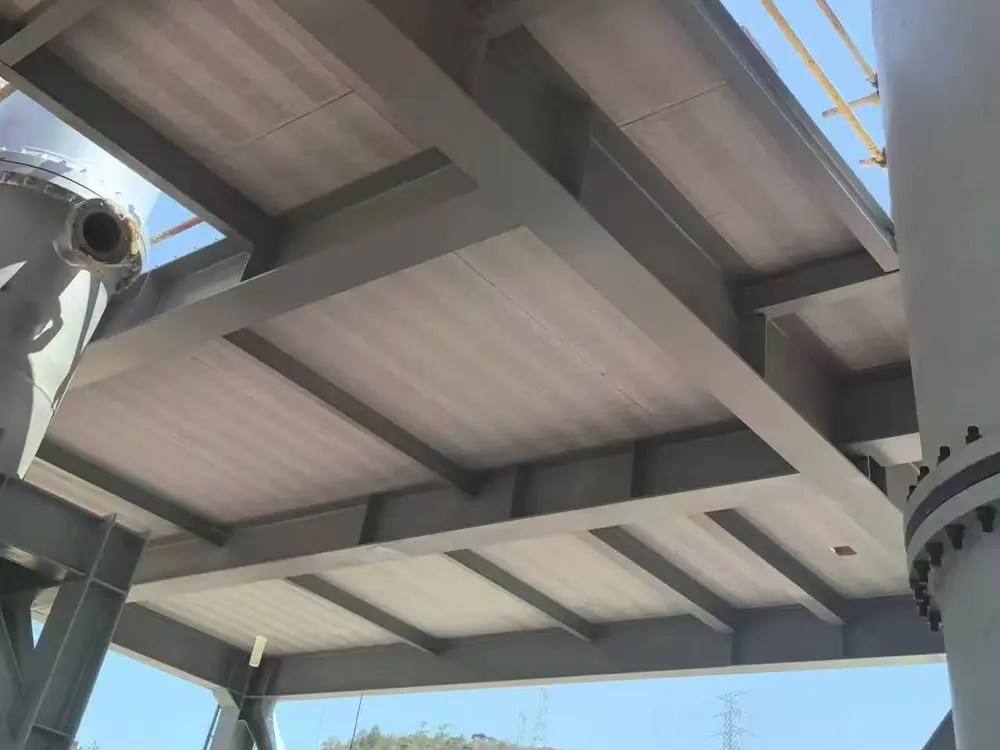 LEAO® Non-removable Formwork
LEAO® Non-removable Formwork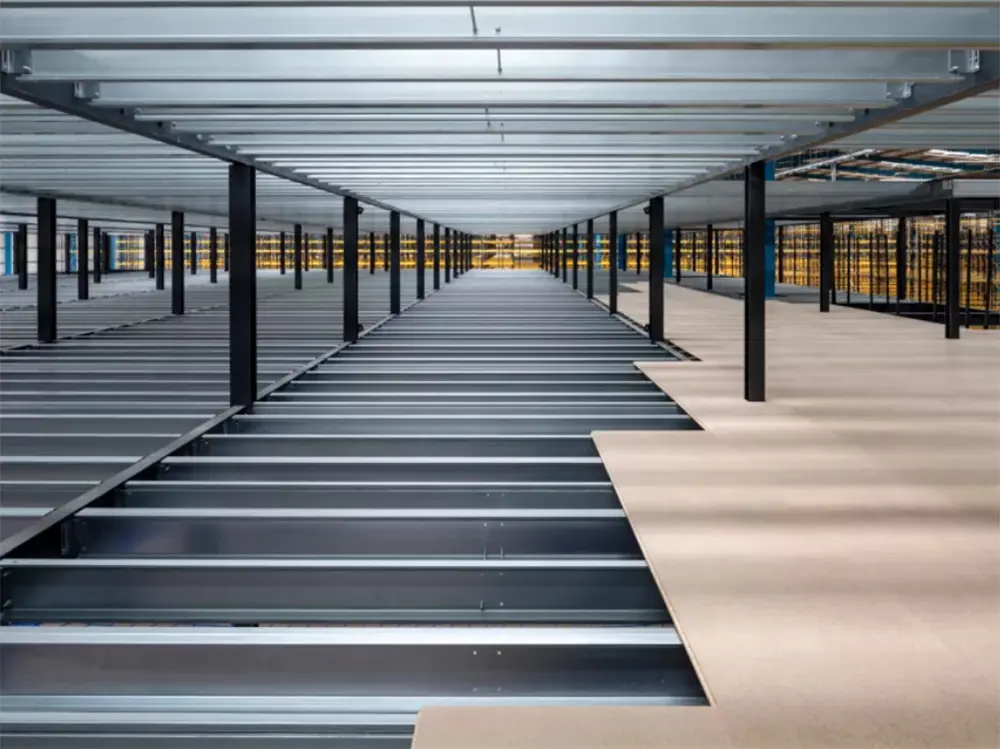 LEAO® Mezzanine Board
LEAO® Mezzanine Board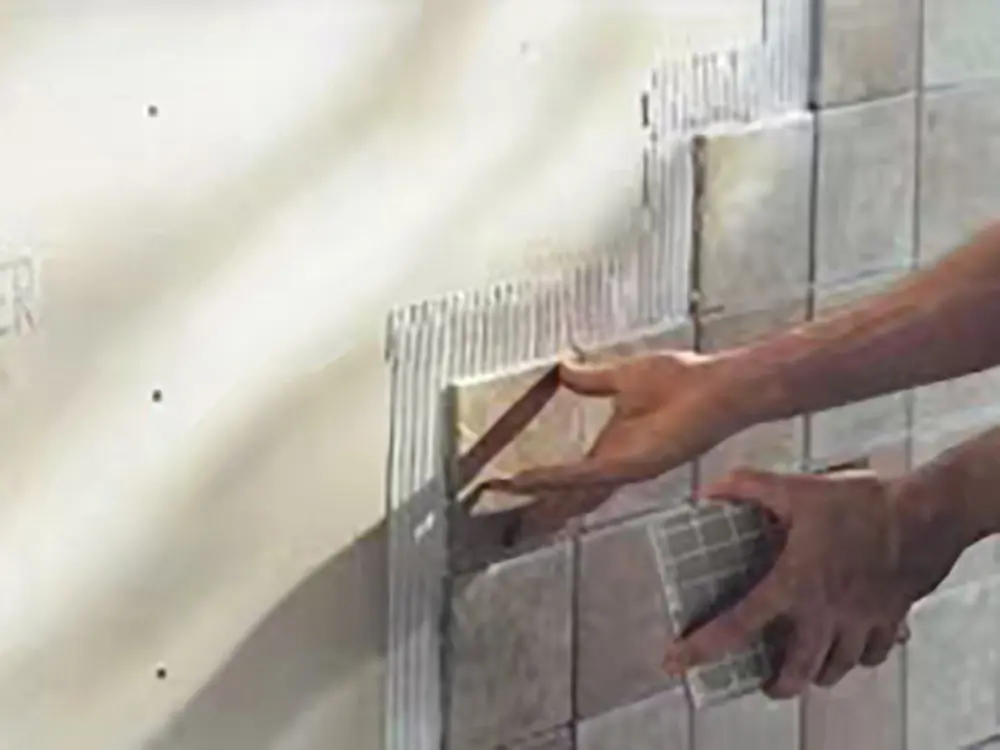 LEAO® Ceramic Tile Underlay
LEAO® Ceramic Tile Underlay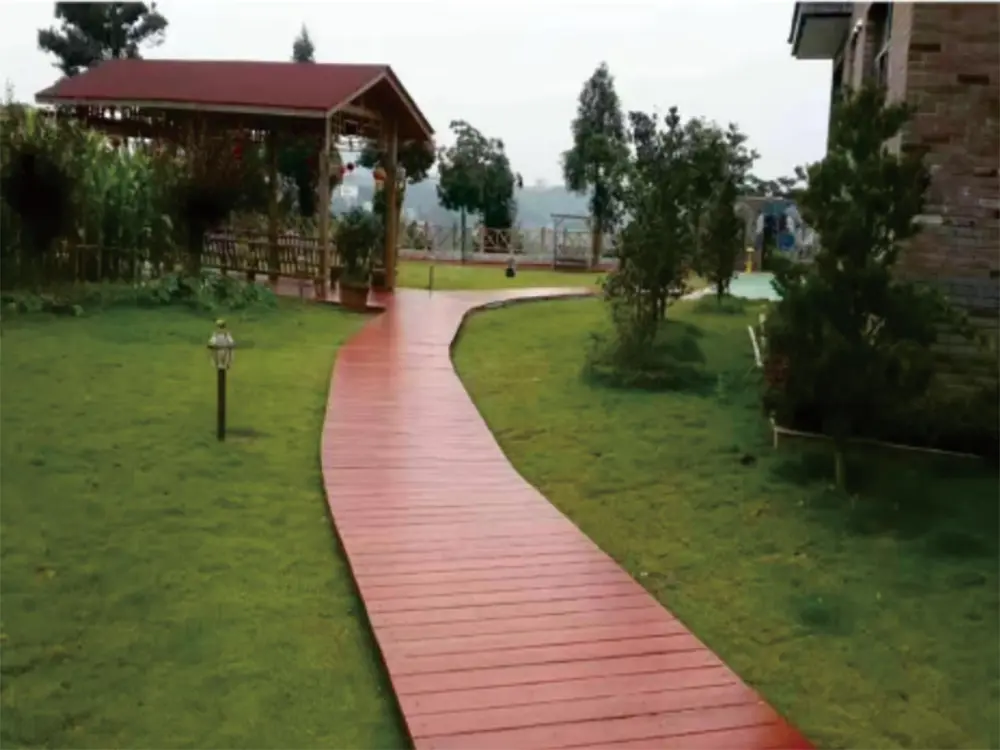 LEAO® Floor Plank
LEAO® Floor Plank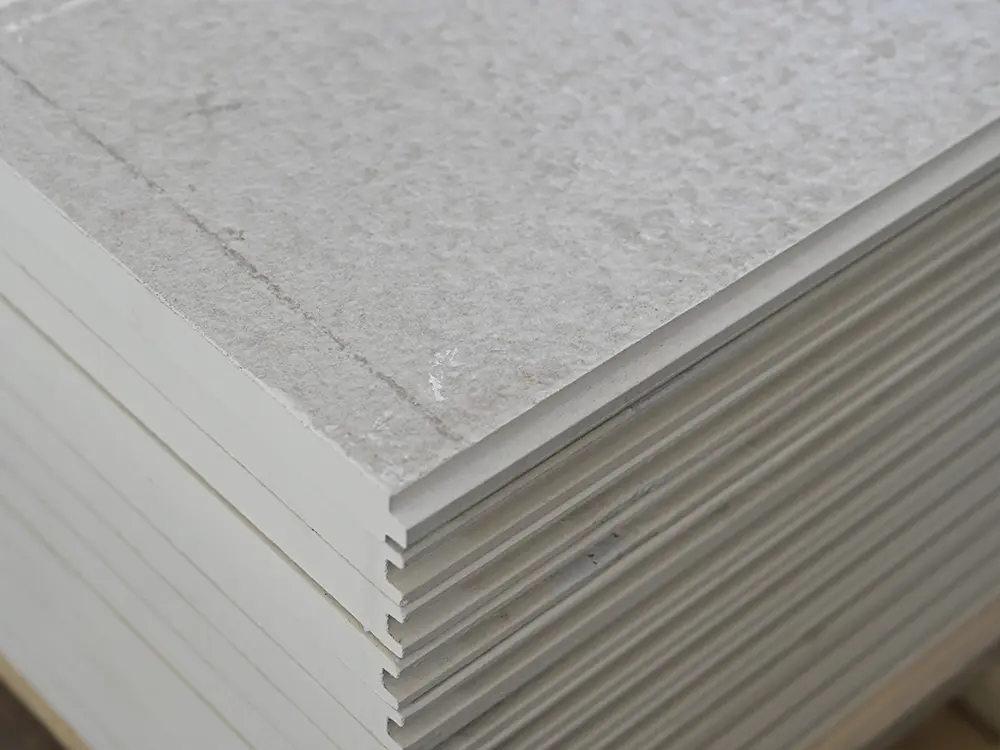 LEAO® Flooring
LEAO® Flooring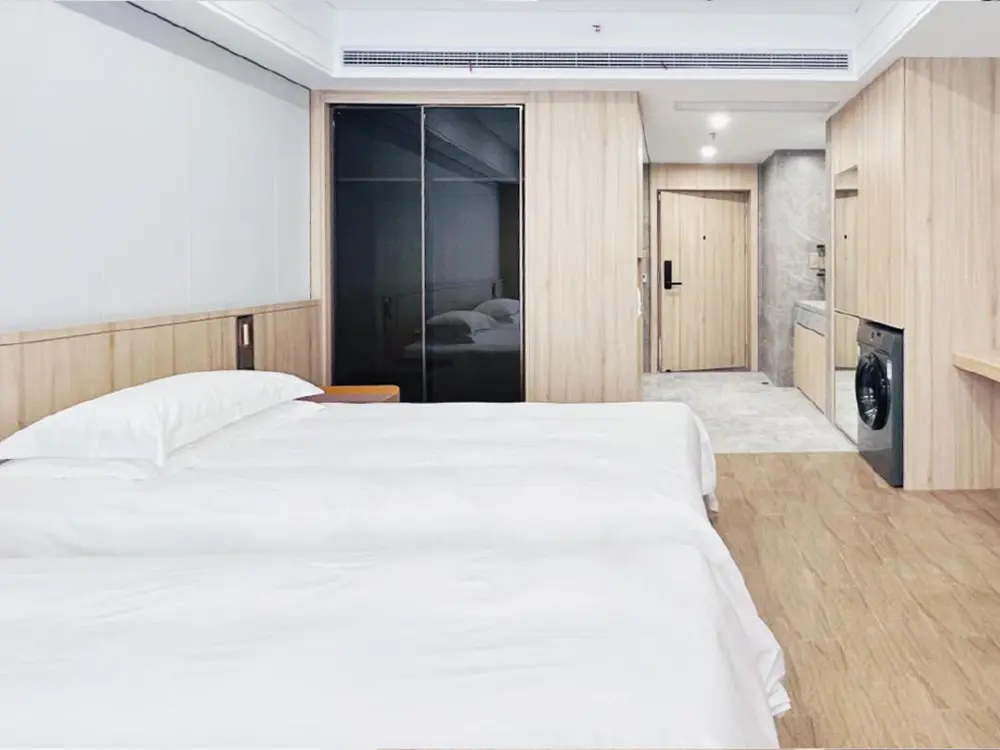 LEAO® Wood Style Decorative Panel
LEAO® Wood Style Decorative Panel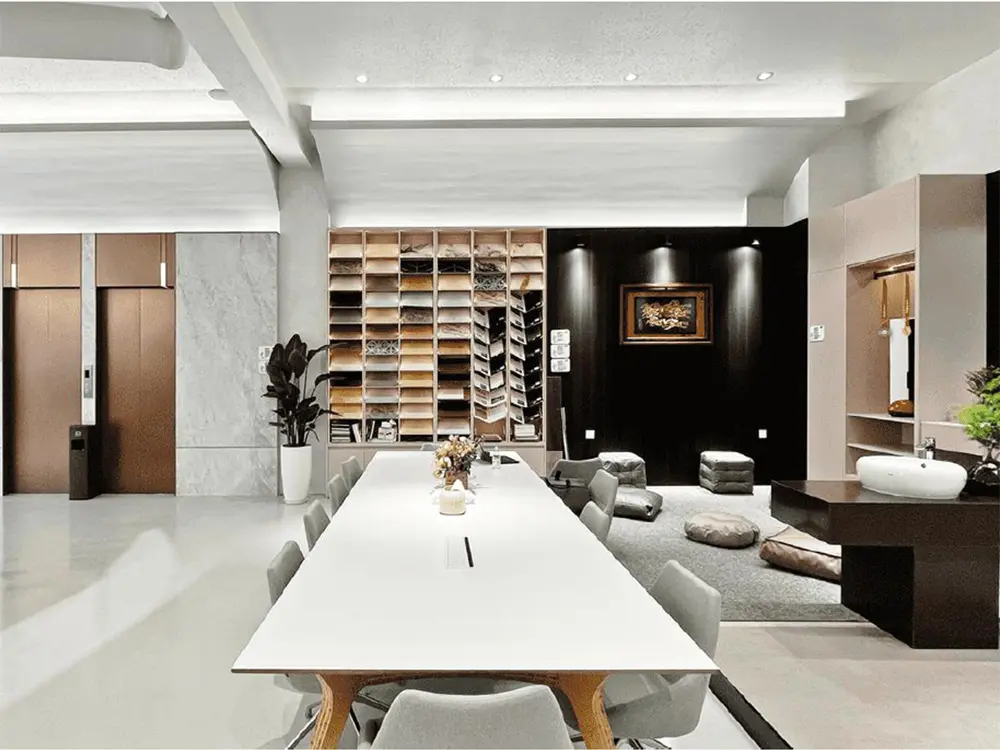 LEAO® Stone Style Decorative Panel
LEAO® Stone Style Decorative Panel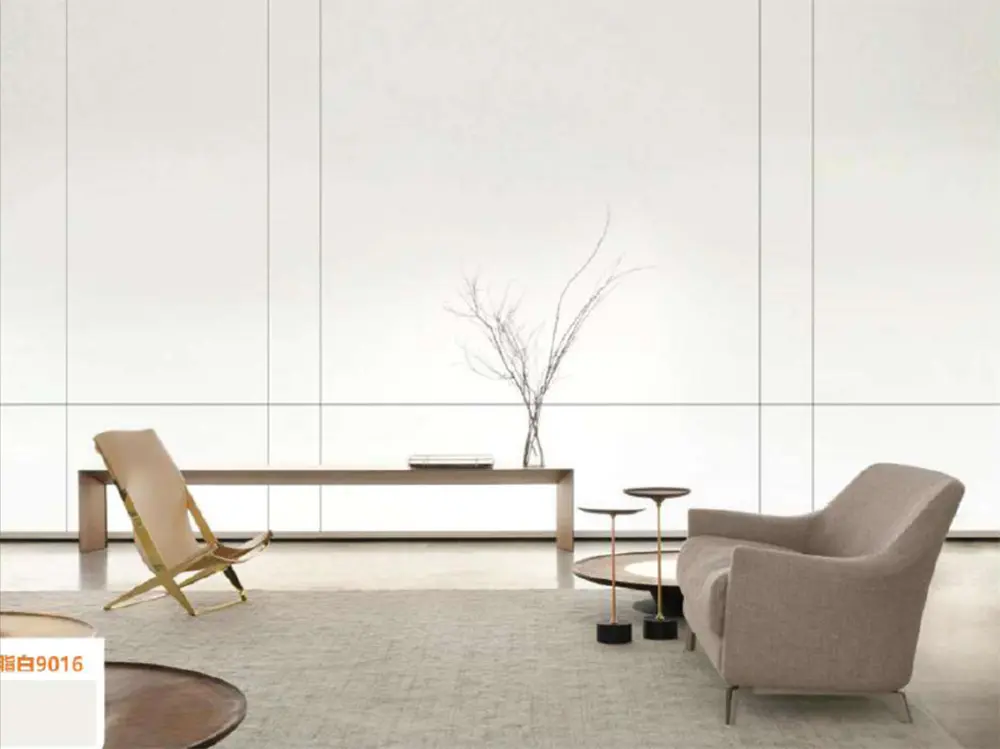 LEAO® Pure Style Decorative Panel
LEAO® Pure Style Decorative Panel


